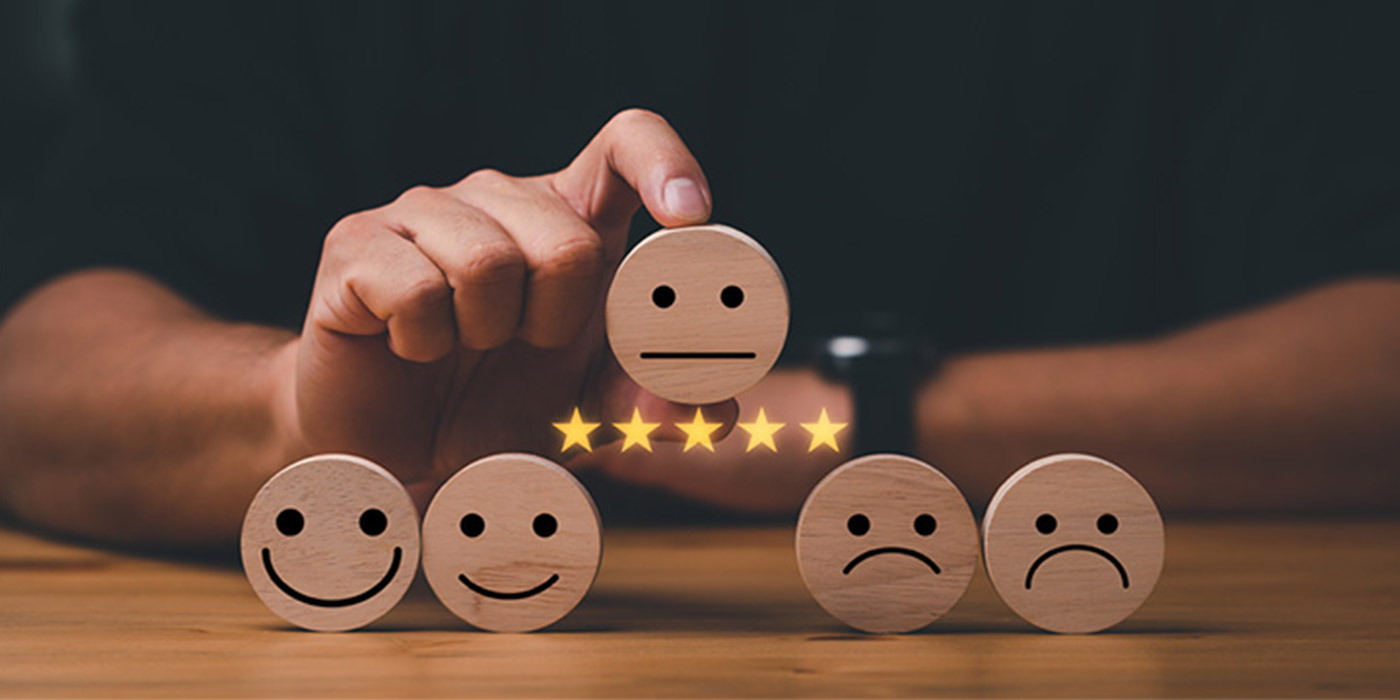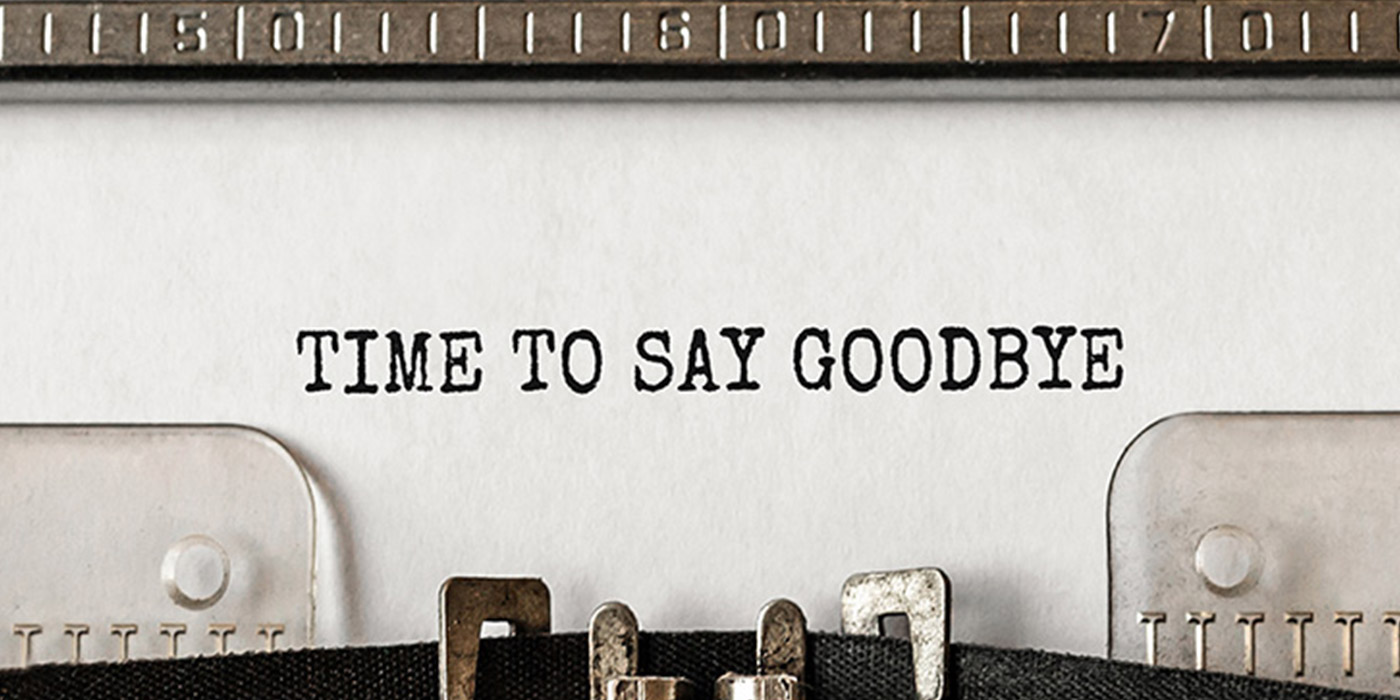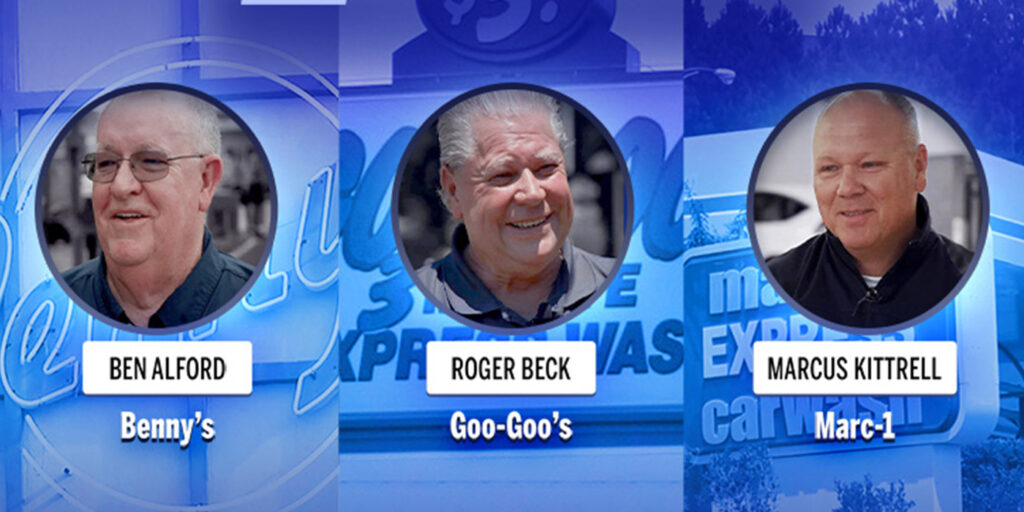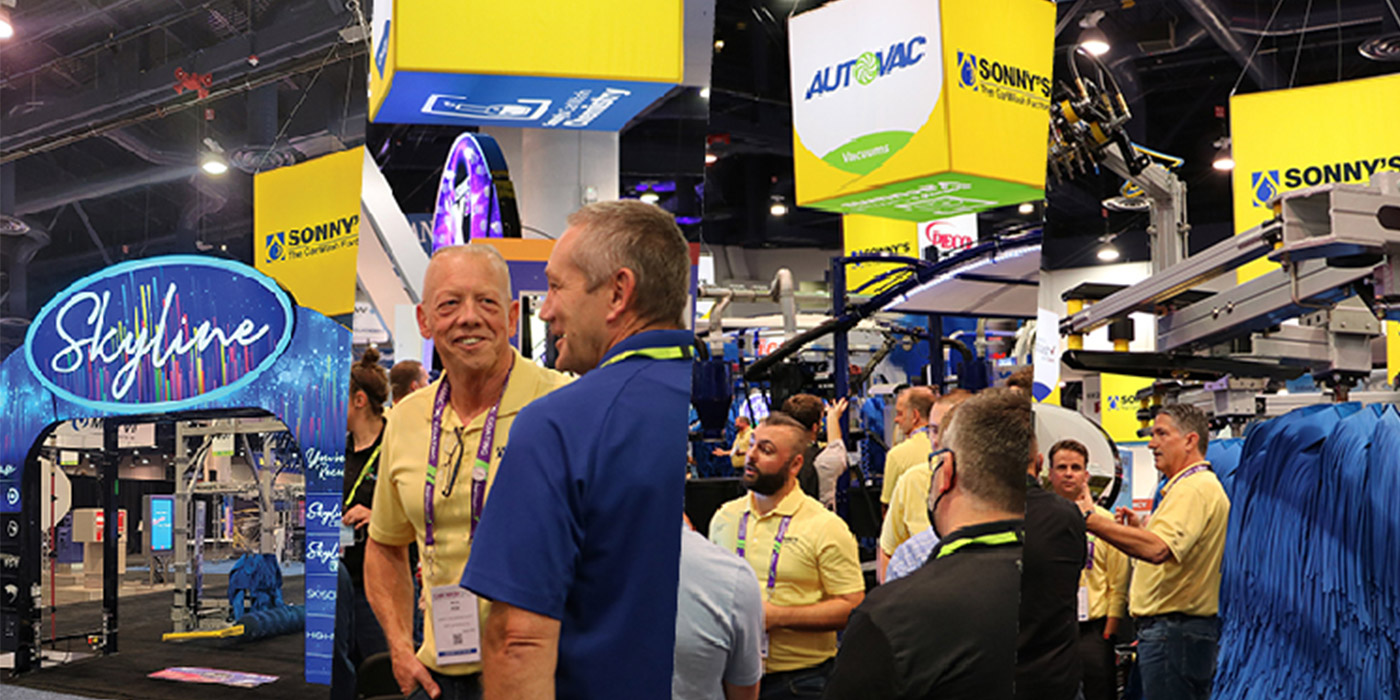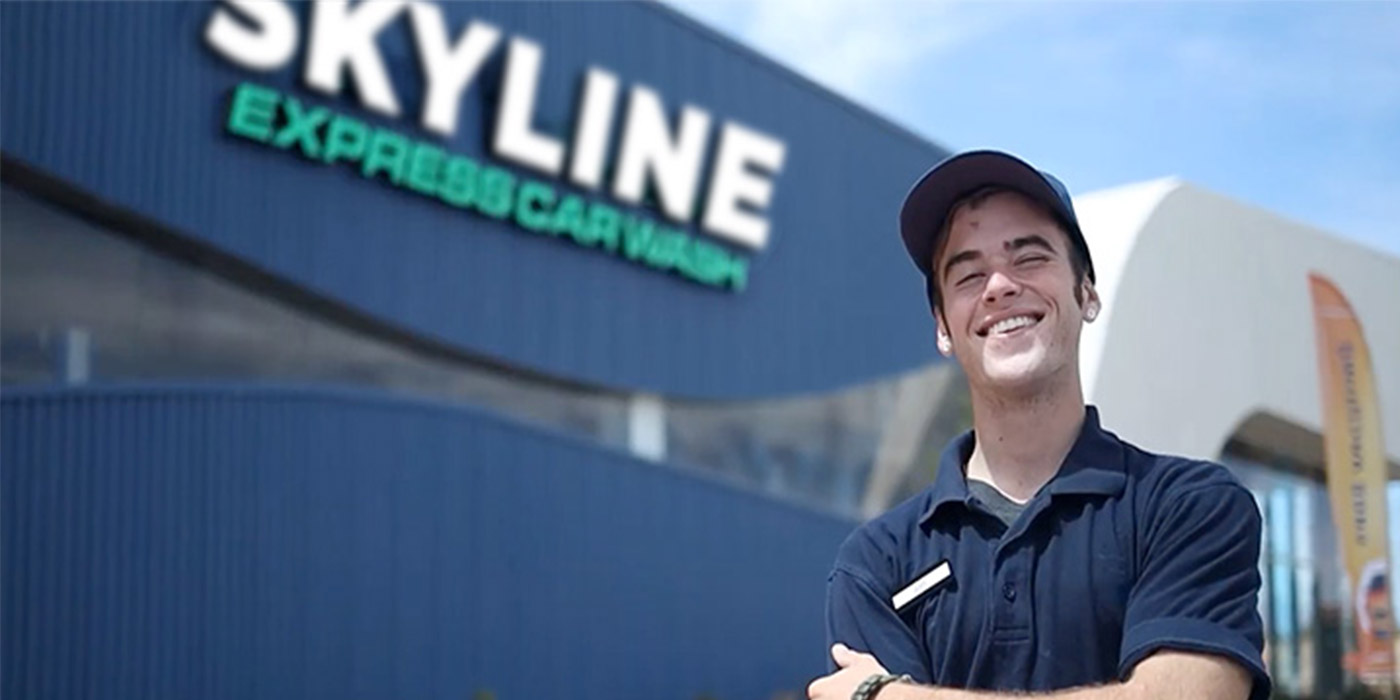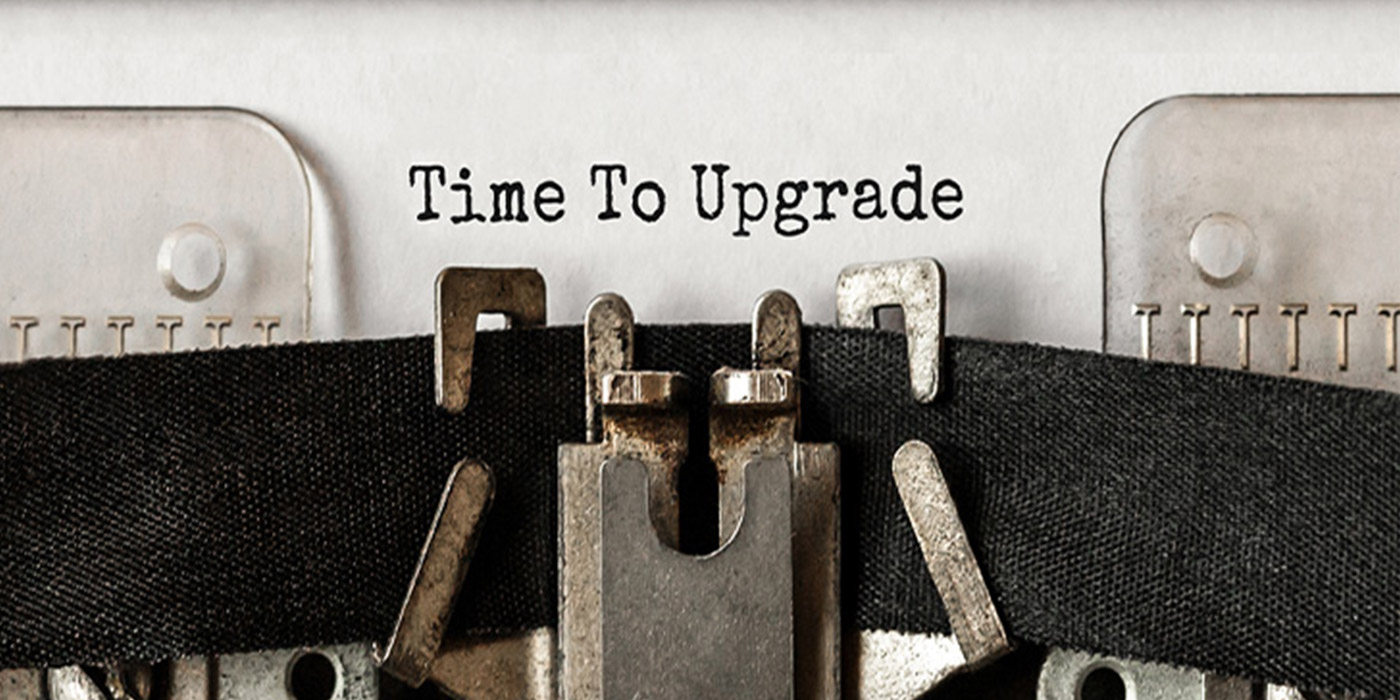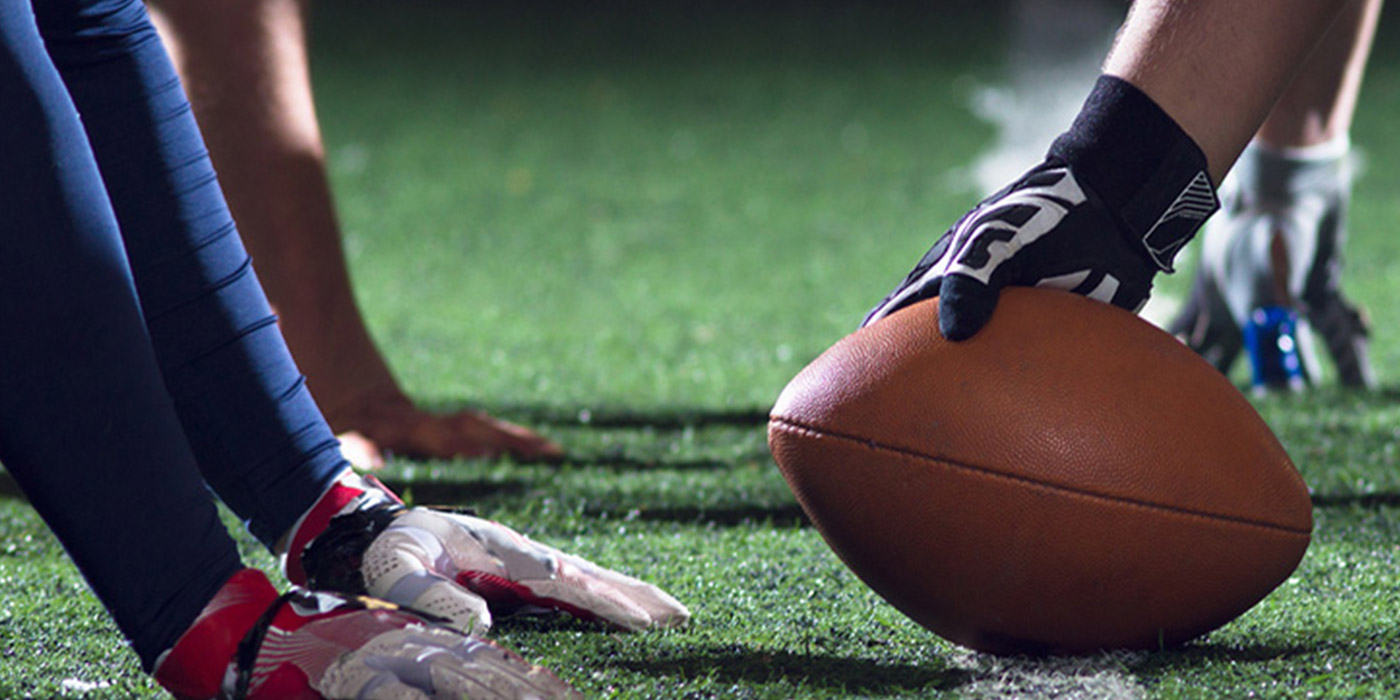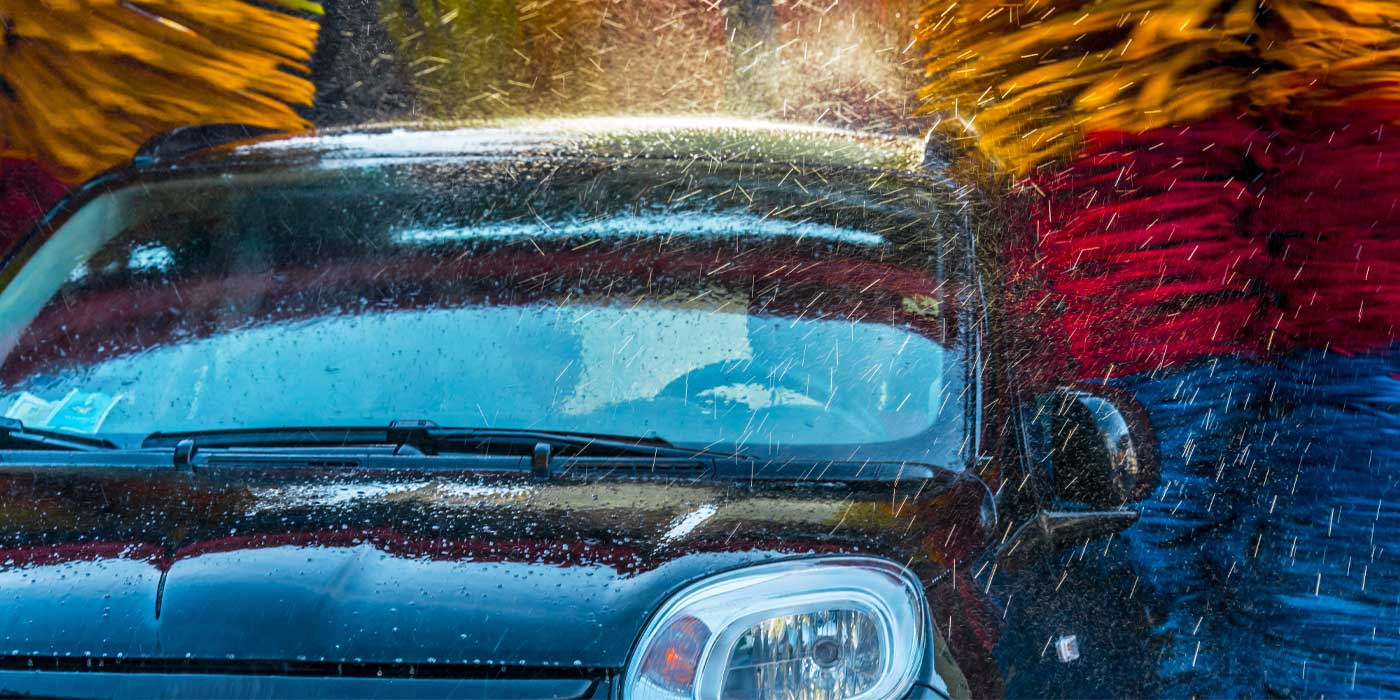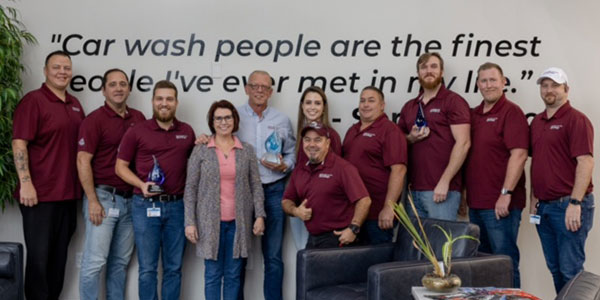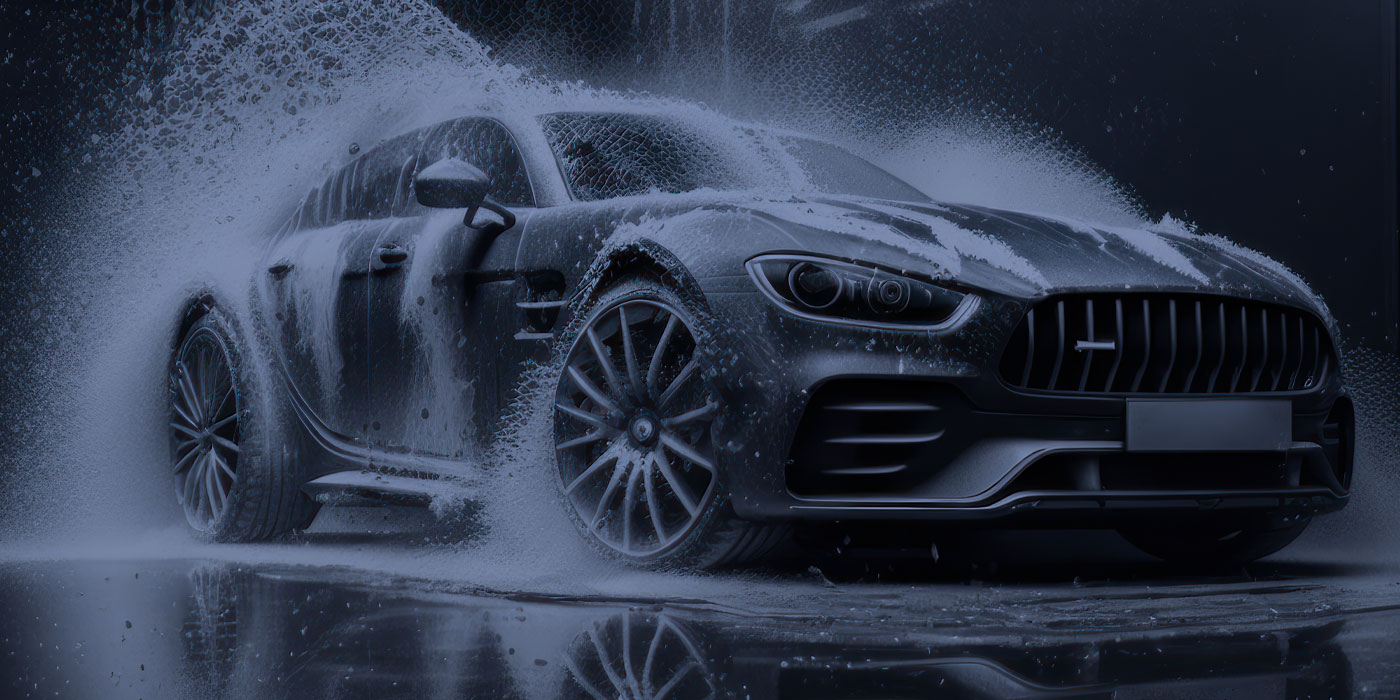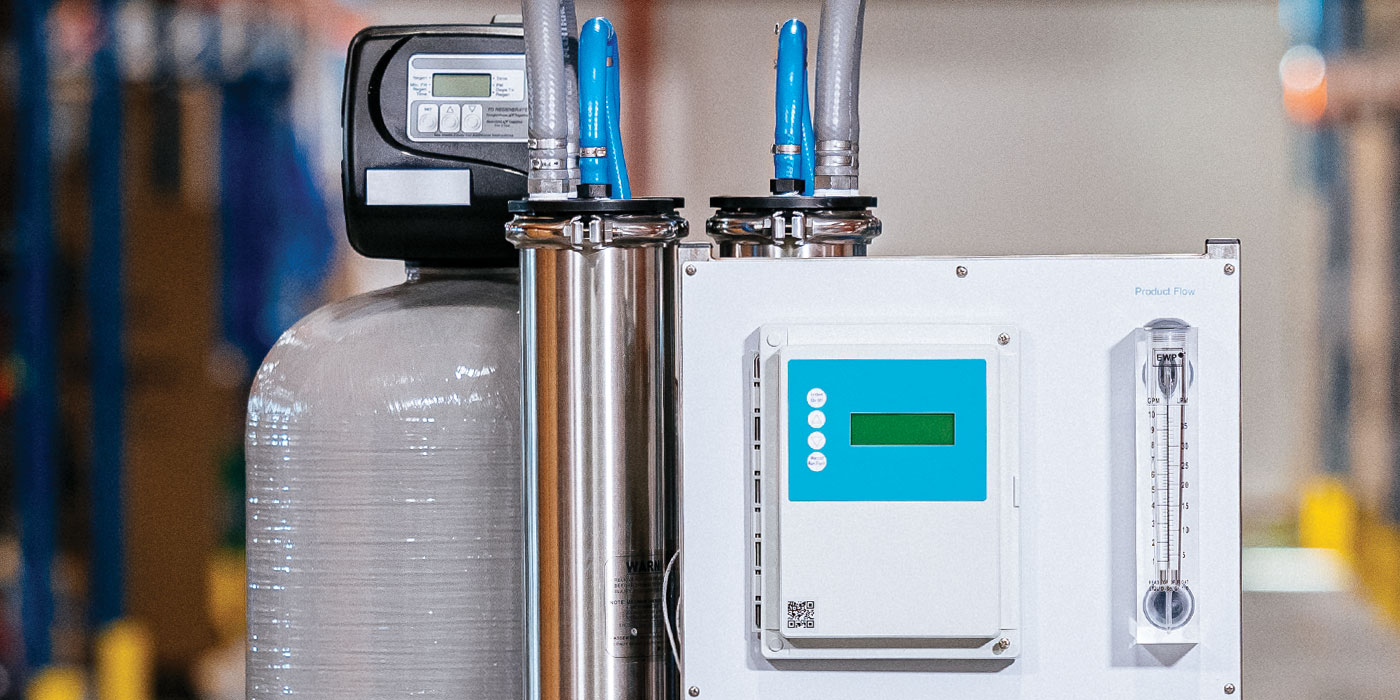The French word for water is eau. In Spanish, it’s agua. In Italian, it’s acqua. In German, it’s wasser.
Regardless of the language and term used for water, it is a simple chemical formula of H2O. In the purest form it is odorless, transparent, tasteless and nearly colorless. And although it provides no organic nutrients, it is vital and often taken for granted.
We flip the faucet on at the house or at our business and out comes water. But, where does it come from and what is the quality of the water we drink, bathe in and use to wash vehicles?
I took some time to talk to Paul Kalscheur, GM of Sonny’s CarWash Water by Velocity and asked him some questions about water quality and its importance in the wash process.
Basically, Paul shared with me that the water we use in our washes comes from 2 sources, either from the city or via an on-property well. The water can vary wildly as far as degrees of hardness, total dissolved solids (TDS), PH, Iron, Chlorine, Turbidity (cloudiness) and other additives. All of these variables contribute to water quality or lack thereof. Which, in turn, contributes to the water’s interaction with chemistry and the quality of the finished product we produce in our tunnels.
The better the water quality, the better the washed car.
So why is it that we treat water quality as an afterthought, when it should be something we closely monitor?
Water treatment can pay for itself within an average of 2 years — it is an investment with one of the fastest ROI’s in our business. Not only will you get much more bang for your buck chemistry-wise, you’ll deliver a better car consistently. Something your customers will notice.
My next question was what water do we use where?
Paul notes that foaming products, such as presoak, wrap foam, and CTAs should use softened water for better foaming action. Hard water should be used in the rinsing and drying process such as in drying agent and sealants, while RO (reverse osmosis) water should be used in our final rinse for spot-free. And reclaim should be used for wheels and high-pressure undercarriage rinses.
What I’ve learned is many carwash owners are using less than desirable water and making up for it by using excessive amounts of chemistry to get the desired results. This is an expense that adds up quickly!
Finally, I asked Paul, how do we find out what is in our water? When it is best to test? Paul mentioned the sooner the better. If you’re in the process of building a new wash and don’t currently have water on site, go to a neighboring business and take a sample from there. Send the sample in for testing in the container provided and Velocity will get back to you on recommended water treatment equipment.
Have your water tested (Sonny’s CarWash Water by Velocity does this for free). If your water has issues, consult a water expert and see what it will take to treat it. The upfront costs might be lower than you think and it’s a business investment that will pay dividends for years to come.
Quality water brings better show, better performance, and happy customers who return. Isn’t that what we’re all striving for?
On a personal note, thank you all for making CarWash College the leader in training and education again this year.
Wishing you all a Merry Christmas and a healthy and prosperous New Year.
All the best!
Bob Fox is the VP of CarWash College and Technical Support at Sonny’s the Car Wash Factory and he has 36 years of industry experience. You can reach Bob at [email protected].




